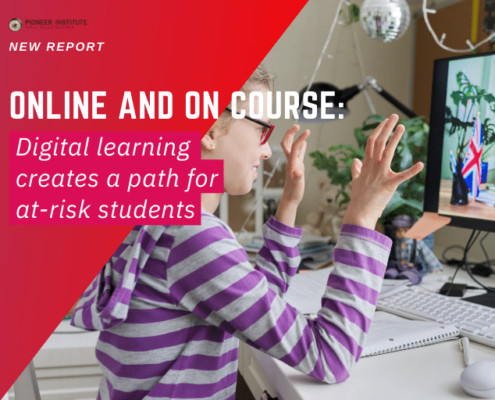
Online and On Course: Digital learning creates a path for at-risk students
Digital learning, the use of computers and the internet to study courses taught in the classroom, is viewed by many educators as a breakthrough to helping those at-risk students stay in school and earn their diplomas. The flexibility afforded by digital learning, with students working on their own time at their own pace, is a way for students to meet the requirements of their courses while handling pressing responsibilities outside of school, problems at home or personal issues. Yet parents should scrutinize digital programs closely. Their quality and effectiveness vary widely. Students are poorly served by point-and-click assessments with no engagement, virtual schools with videos instead of real teachers and programs without pacing and scheduling support.
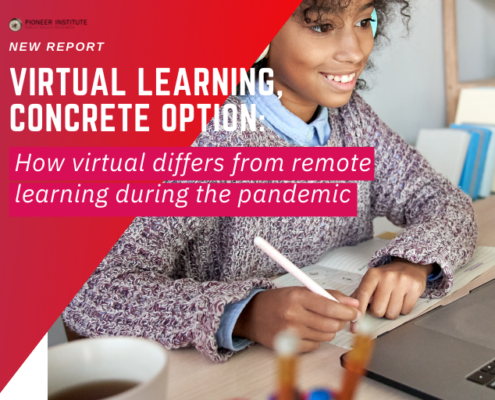
Virtual Learning, Concrete Option: How virtual differs from remote learning during the pandemic
After schools closed in March of 2020 due to the COVID-19 pandemic, students, families and teachers had to shift learning from in-class to online. But the switch to remote learning was hasty and disorganized in many school districts. Families struggled with the technology and coordinating schedules at home, while teachers tried to shift the in-person model to teaching through a computer. The dissatisfaction caused many families to believe that the remote learning they were experiencing was what takes place in full-time virtual schools. In fact the two are much different. This report includes information on how to distinguish between questionable and quality virtual programs.
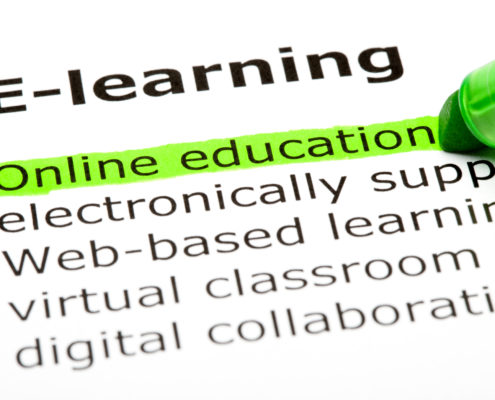
Shifting Special Needs Students to Online Learning in the COVID-19 Spring
0 Comments
/
This report by Pioneer Institute and ASU Prep Digital addresses the problem that school closures due to COVID-19 have separated more than seven million K-12 special needs students from support they receive in the classroom, and shows how online learning can be appropriate for most of those students if teachers and parents work as a team to provide each one with what he or she needs.

Shifting to Online Learning in the COVID-19 Spring
This new Pioneer Institute and ASU Prep Digital policy brief offers five important considerations for schools and districts dealing with the shift to online education in response to COVID-19.
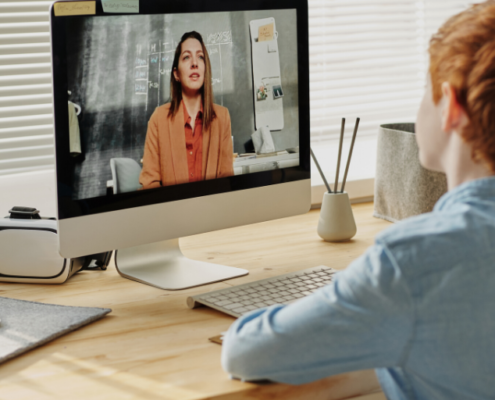
Online Learning 101: Starting a Virtual School And Its Challenges
Since the late 1990s, when the first fulltime virtual schools appeared, educators, IT professionals and government officials have been working through the practical issues involving technology, personnel, administration and funding. Around the country adoption of online learning has occurred in varying degrees. States such as Florida and California have been leaders, while elsewhere specific school districts have aggressively embraced the new model.
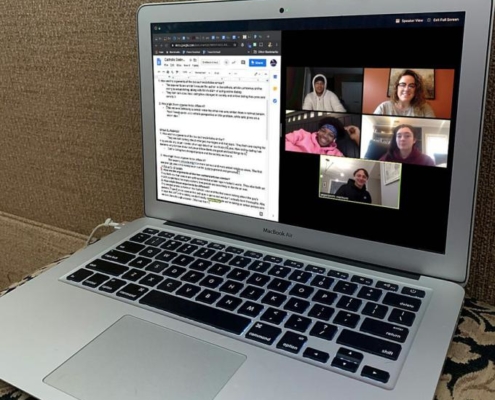
Regulating Virtual Schools
This paper discusses the issues surrounding the regulating of full-time online schools and draws on research conducted in Massachusetts and other states. It includes commentary from educators, academics, government officials and non-profit researchers. It is presented at a time when still more than one-third of the states do not offer a full-time virtual school option and there are no national policies for their oversight.

Virtual Schools, Actual Learning
This paper is intended to provide background information for those exploring MI-time virtual schools and online learning. It draws on interviews with education officials, virtual school directors, district superintendents, researchers and non-profit executives, as well as data generated by previous studies on the topic.
